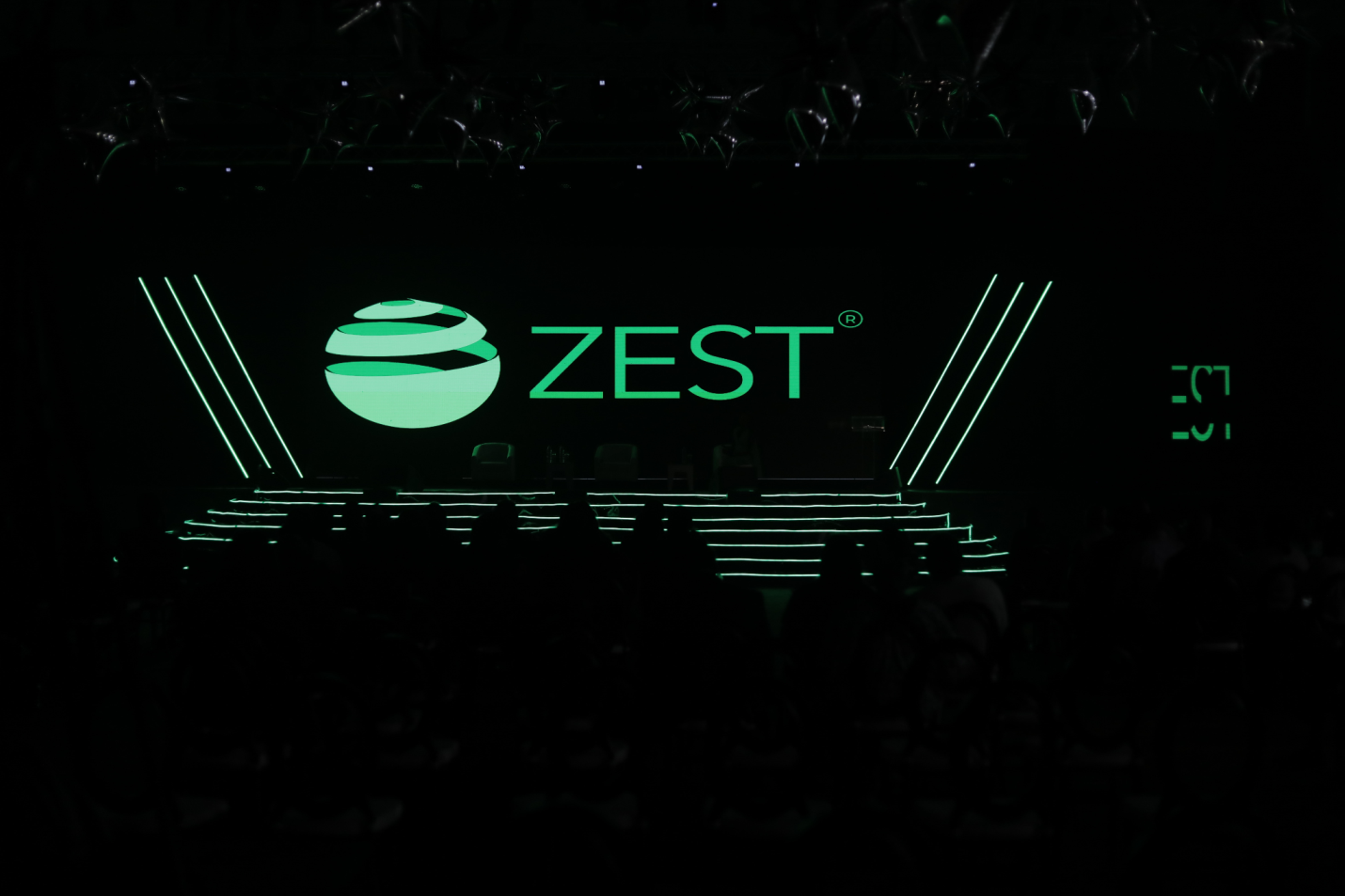Zest Payments Limited, the fintech subsidiary of Stanbic IBTC Holdings Plc, reported a ₦2 billion ($1,296,890) loss after tax for the full year 2024, widening its loss from ₦1.2 billion ($778,134) in 2023. This performance highlights the ongoing challenges that bank holding companies face attempting to establish successful digital payments businesses in Nigeria’s competitive fintech landscape.
Exactly seven years ago, Guaranty Trust Holding Company (GTCO) faced a similar struggle to Zest when the banking efficiency lender established Habari Pay, the lender’s fintech arm. Launched in 2018, Habari Pay’s initial focus on non-banking services, such as streaming and e-commerce, hindered its adoption.
Zest competes with peers like GTCO’s fintech subsidiary, HabariPay, and Access Holdings’ fintech, Hydrogen. However, the fintech continues to lag behind. Launched in May 2023, Zest has been unable to turn a profit thus far. The fintech’s path to profitability is slower than Hydrogen and Habari Pay, which eventually both turned a profit in their second year.
Profitability may be an uphill task for Zest, but total income is not. The fintech doubled its total income to ₦124 million ($80,407) from ₦68 million ($44,094) in 2023, showing great traction and promise, the financials read. CEO Stanley Jacob previously attributed the fintech’s slower progress to its relatively recent operational launch in October 2023, though financial records indicate losses dating back to 2022.
Hope is on the horizon for Zest, especially after its parent company, Stanbic IBTC, made efforts to revitalise its fintech ambitions with a ₦4 billion ($2,593,781) capital injection. This capital raise will be part of the bank’s broader recapitalisation efforts. The investment is intended to bolster Zest’s unique e-commerce platform, which features customisable product listings and integrates various payment solutions, including QR codes, USSD, card payments, and bank transfers. Zest also holds licenses for value-added services and payment processing.
Get passive updates on African tech & startups
View and choose the stories to interact with on our WhatsApp Channel
Explore




